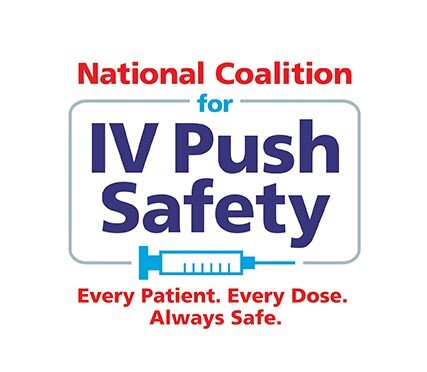Prefilled Saline Flush syringes are not just a nursing convenience, they are an important part of vascular access device maintenance and play an important role in reducing the risk of bloodstream infections.
On August 19, 2021, Cardinal issued a voluntary nationwide recall of Monoject™ Flush Prefilled Saline Syringes because of a defect that could reintroduce air back into the syringe after the air had been expelled. The affected lot numbers were from 2019 – 2021 and essentially removed 267 million prefilled saline syringes from the hands of healthcare providers.
This market disruption has caused a cascade of additional shortages of 0.9% sodium chloride 10 mL, 20 mL, and 50 mL preservative free vials. Fresenius Kabi has 0.9% sodium chloride 10 mL and 20 mL vials on back order and the company estimates a release date of early-January 2022 for the 10 mL vials and mid-November 2021 for the 20 mL vials. Pfizer has 0.9% sodium chloride 10 mL LifeShield syringes on back order and the company estimates a release date of January 2022. The 10 mL vials, 20 mL, and 50 mL vials are available in limited supply.
Survey results recently published in the American Nurse Journal revealed that the registered nurses use the 10 mL prefilled saline flush syringes for all types of vascular access devices, regardless of the amount of saline needed to flush the line. More than one-half of the respondents said they use only one 10 mL syringe to flush before and after an IV push medication thru a short peripheral catheter (SPC)– they are reusing the same syringe – which is an unsafe practice due to touch contamination of the syringe tip. The nurses said they reuse the same 10 mL syringe because they only need a small amount to flush a SPC and they hate to make more waste.
The current shortage in 10 mL prefilled flush syringes coupled with the shortage of saline vials may force nurses to reuse saline flush syringes as a way of conserving a precious resource. What are some ways to safely manage practices during this shortage?
1. Ask Supply Chain to order the smaller volume syringes. Some manufacturers supply 10 mL diameter syringes with 3- or 5- mL fill volume. The 10 mL diameter is safe for accessing device patency and carries enough saline to flush most vascular access devices including a PICC line.
2. Collaborate with pharmacy on IV medication preparation. In some hospitals, nurses reconstitute IV push medications at the bedside in lieu of pharmacy prepared products. To conserve saline flush vials and/or syringes, pharmacy should consider alternative methods for reconstitution and/or dilution such as vial transfer devices, pharmacy-prepared infusions, or pharmacy prepared IV push syringes.
3. Nursing must not be put into the position of saline flush syringe reuse nor should they revert to unsafe practices such as preparing flush syringes from large volume bags of saline.
4. Collaborate with Pharmacy to prepare saline flush syringes under sterile conditions. Reassign a nursing resource to assist pharmacy as needed.
Learn more about Prefilled Saline Flush syringe use at National Coalition for IV Push Safety.
https://www.ashp.org/drug-shortages/current-shortages/drug-shortage-detail.aspx?id=764
Burger M & Cross C. 2021. One and Done: Preflled Saline Flush Syringes. American Nurse Journal July 2021 on-line only at https://www.myamericannurse.com/one-and-done-for-prefilled-flush-syringes/

